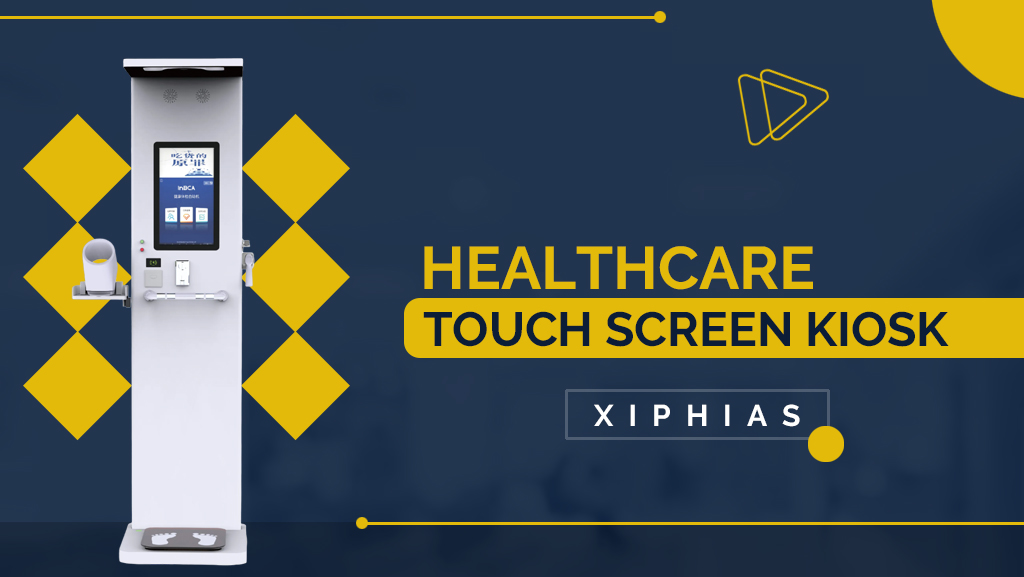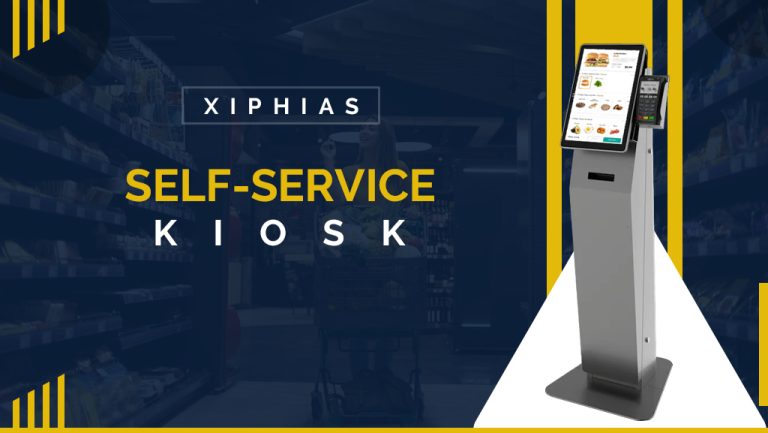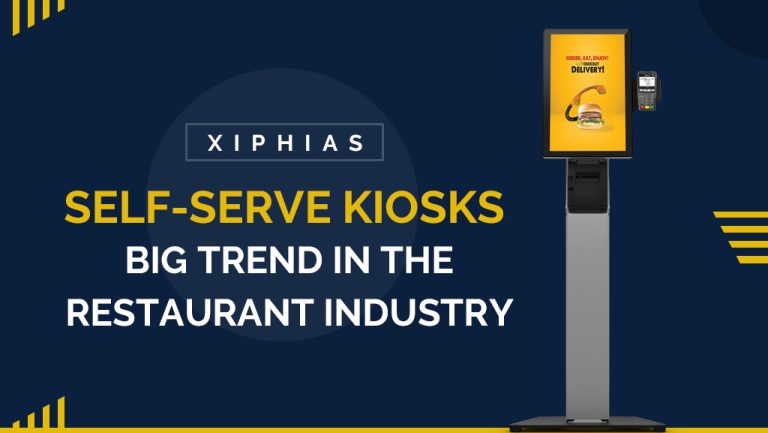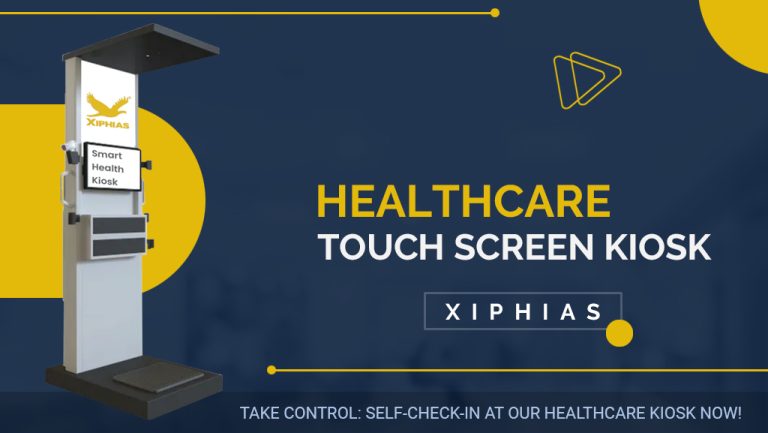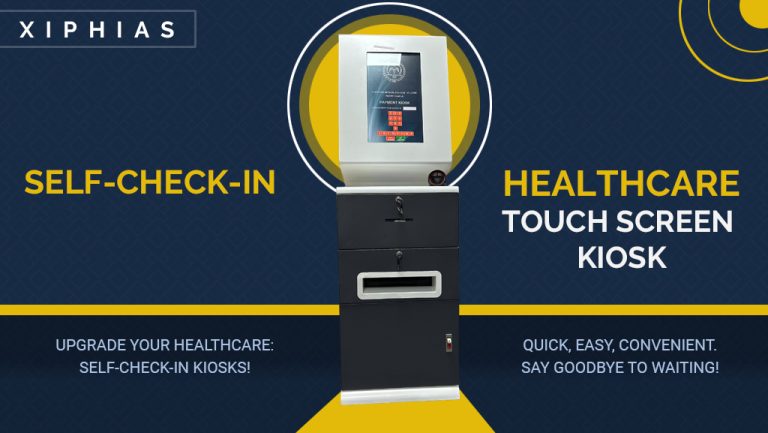Advantages of Self-Serve Medical Kiosks in Healthcare Industry
In the ever-evolving landscape of healthcare, the integration of technology plays a pivotal role in enhancing patient experience. One innovative solution that has gained widespread recognition is the implementation of self-serve medical kiosks. These user-friendly, interactive kiosks are revolutionizing the way patients engage with healthcare services, offering a range of advantages that contribute to a more streamlined and patient-centric experience. In this blog post, we’ll delve into the numerous benefits of self-serve medical kiosks and their impact on improving overall patient satisfaction.
Efficient Check-In Process:
One of the primary advantages of self-serve medical kiosks is the streamlining of the check-in process. Traditional check-in methods often involve lengthy paperwork and waiting times, contributing to patient frustration. With self-serve kiosks, patients can expedite the check-in process by inputting their personal information, insurance details, and the purpose of their visit. This not only reduces administrative burdens on staff but also significantly decreases wait times, leading to a more efficient and pleasant experience for patients.
Time Savings for Patients and Staff:
Time is of the essence in healthcare, and self-serve medical kiosks offer significant time savings for both patients and staff. By automating routine tasks such as appointment scheduling, information retrieval, and payment processing, these kiosks free up valuable time for healthcare professionals to focus on providing quality care. Patients, in turn, benefit from quicker service and reduced wait times, contributing to an overall positive experience.
Enhanced Privacy and Security:
Concerns about the security and privacy of personal health information are paramount in healthcare settings. Self-serve medical kiosks are designed with robust security features, including data encryption and secure storage, ensuring the confidentiality of patient information. This commitment to privacy not only instills confidence in patients but also aligns with regulatory standards, establishing a secure and trust-based relationship between patients and healthcare providers.
Improved Information Accessibility:
Self-serve kiosks serve as information hubs, providing patients with easy access to a wealth of healthcare-related information. Patients can navigate through interactive menus to learn about medical conditions, available services, and educational resources. This empowers patients to actively participate in their healthcare journey, fostering a sense of autonomy and knowledge that contributes to informed decision-making.
Convenient Appointment Scheduling:
Appointment scheduling is a critical aspect of healthcare management. Self-serve medical kiosks offer patients the convenience of scheduling, rescheduling, or canceling appointments at their fingertips. This not only reduces the workload on administrative staff but also provides patients with greater control over their healthcare appointments. The seamless and user-friendly interface of these kiosks contributes to a patient-centric approach, enhancing the overall experience.
Facilitated Payment Processes:
Financial transactions in healthcare can often be a source of stress for patients. Self-serve kiosks facilitate seamless payment processes, allowing patients to make payments for services, co-pays, or outstanding bills. By providing secure and efficient payment options, these kiosks contribute to a more positive financial experience, reducing queues at billing counters and ensuring a smoother transaction process.
Enhanced Communication and Feedback:
Effective communication between patients and healthcare providers is essential for improving services. Self-serve kiosks offer a platform for patients to provide feedback, fill out surveys, and communicate non-urgent concerns. This valuable information enables healthcare providers to continually enhance their services, address patient concerns, and adapt to evolving patient needs, ultimately improving the overall patient experience.

